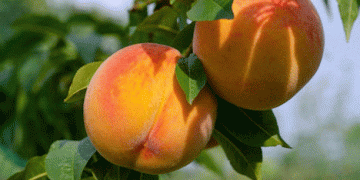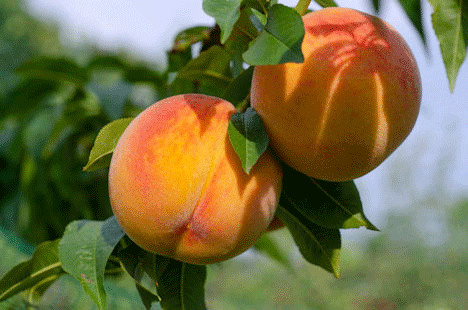The peach and nectarine harvest in Hungary is poised for a significant rebound in 2024, with projections indicating a rise in both yield and production compared to the previous year. Despite the negative effects of spring frosts, which have traditionally threatened fruit crops, Hungarian peach farmers are anticipating higher outputs thanks to improved yields per hectare. This increase comes even as the overall cultivation area for peaches continues to decline, highlighting the importance of maximizing production efficiency.
According to industry reports, Hungary’s peach production is part of a larger trend across Europe, with other major producers like Spain, Italy, and Greece also expecting favorable harvests. The European peach market is seeing a resurgence, driven by better growing conditions and advancements in farming techniques. These positive trends provide an encouraging outlook for Hungarian peach growers, who are working to overcome the challenges posed by climate change and fluctuating market conditions.
However, the dynamics of peach pricing and trade in Europe present a mixed picture for Hungary. Data from Agronaplo shows that Hungary has faced challenges in maintaining a positive trade balance, with imports of peaches and nectarines exceeding exports during the first five months of the year. This indicates that while domestic production is set to rise, Hungarian farmers still face competition from other European producers, particularly in terms of pricing and market share.
Price fluctuations are another factor impacting the peach and nectarine market in Hungary. The competition from other European countries with larger production capacities, such as Spain and Italy, has put downward pressure on prices, making it more challenging for Hungarian producers to achieve profitability. Despite these pressures, there is optimism that the expected increase in yield could help offset some of these challenges by boosting the overall volume available for both domestic consumption and export.
The Hungarian government and agricultural organizations are actively working to support peach farmers by promoting modern farming practices and providing resources for adapting to changing environmental conditions. This includes initiatives aimed at improving irrigation, frost protection, and pest management, all of which are crucial for ensuring a successful harvest.
Hungarian peach production is on the rise, driven by higher yields per hectare despite a shrinking cultivation area and the impact of spring frosts. As part of a broader European trend, Hungary’s peach industry is set to benefit from improved growing conditions and stronger market demand. However, challenges remain in maintaining a positive trade balance and navigating price fluctuations in the competitive European market. By focusing on efficiency and quality, Hungarian peach farmers can seize the opportunities presented by this promising harvest season.

































